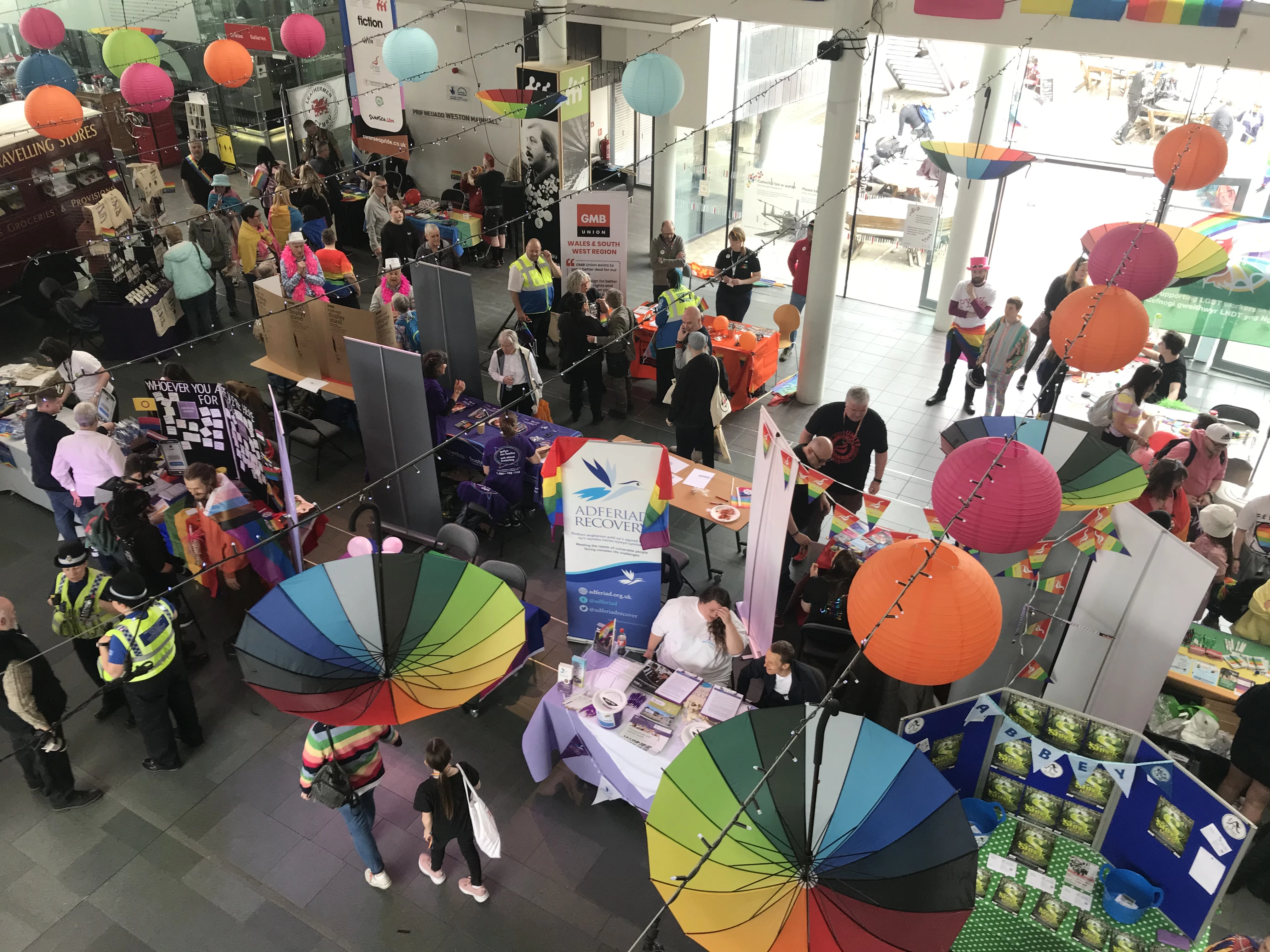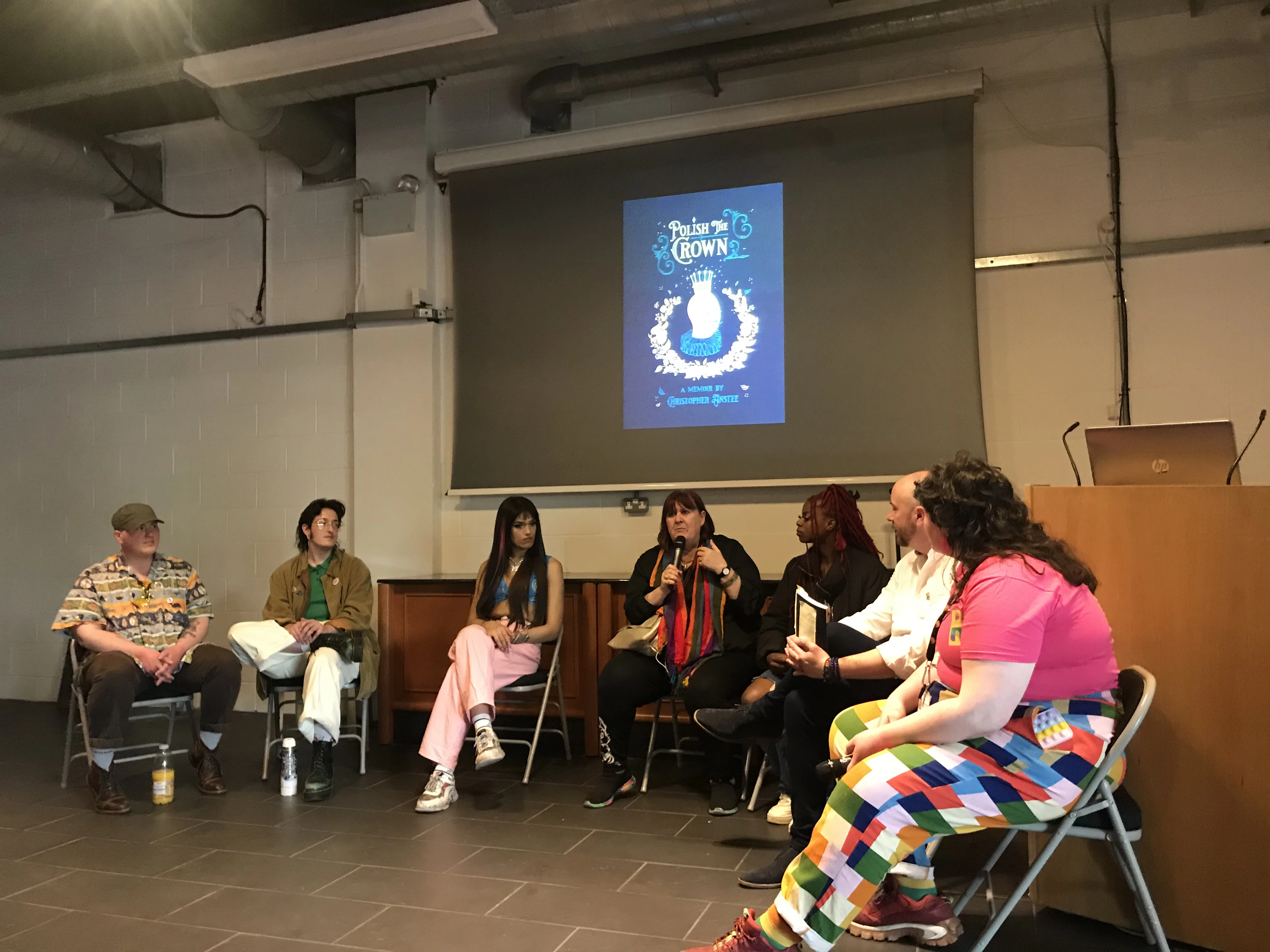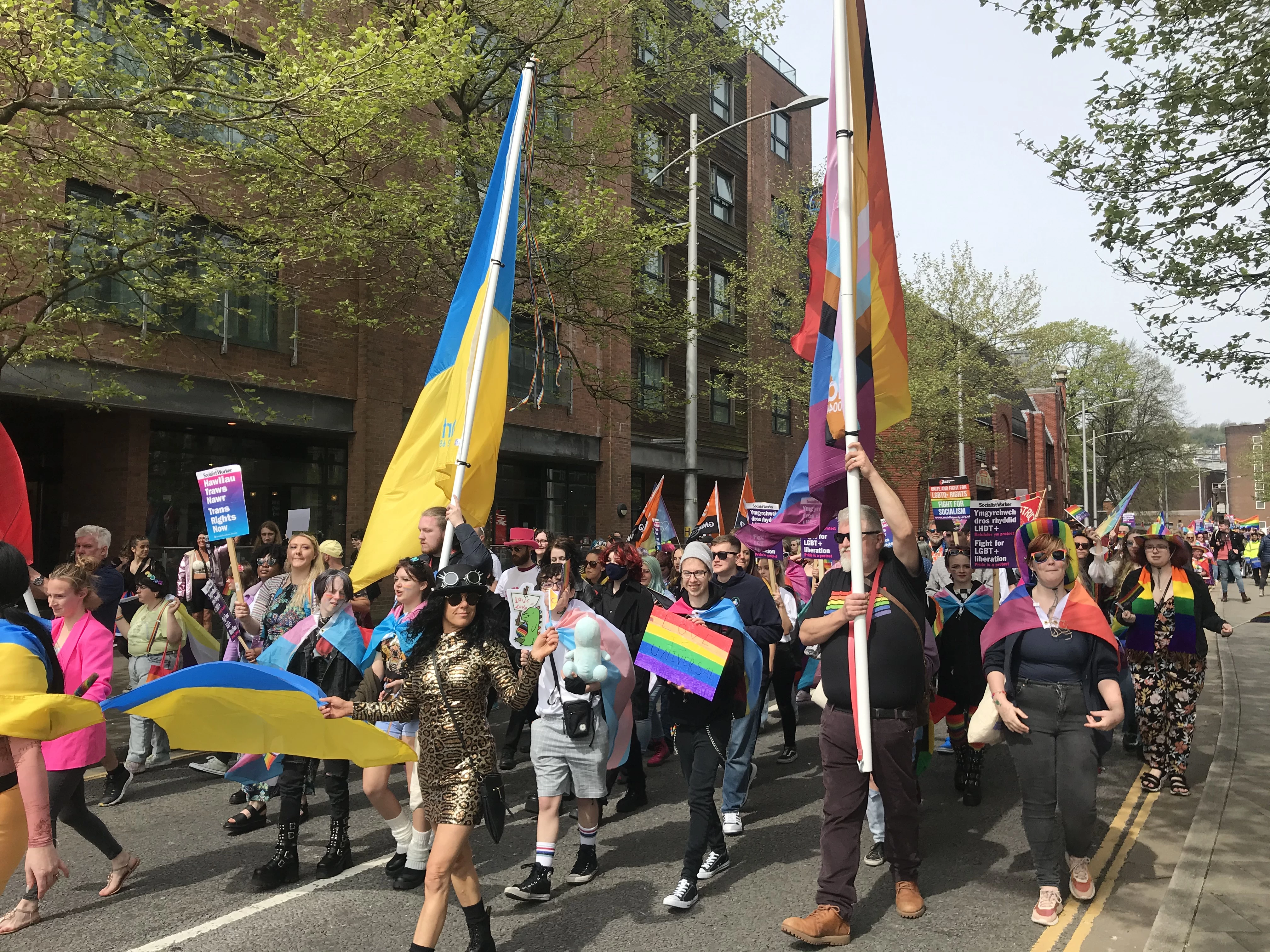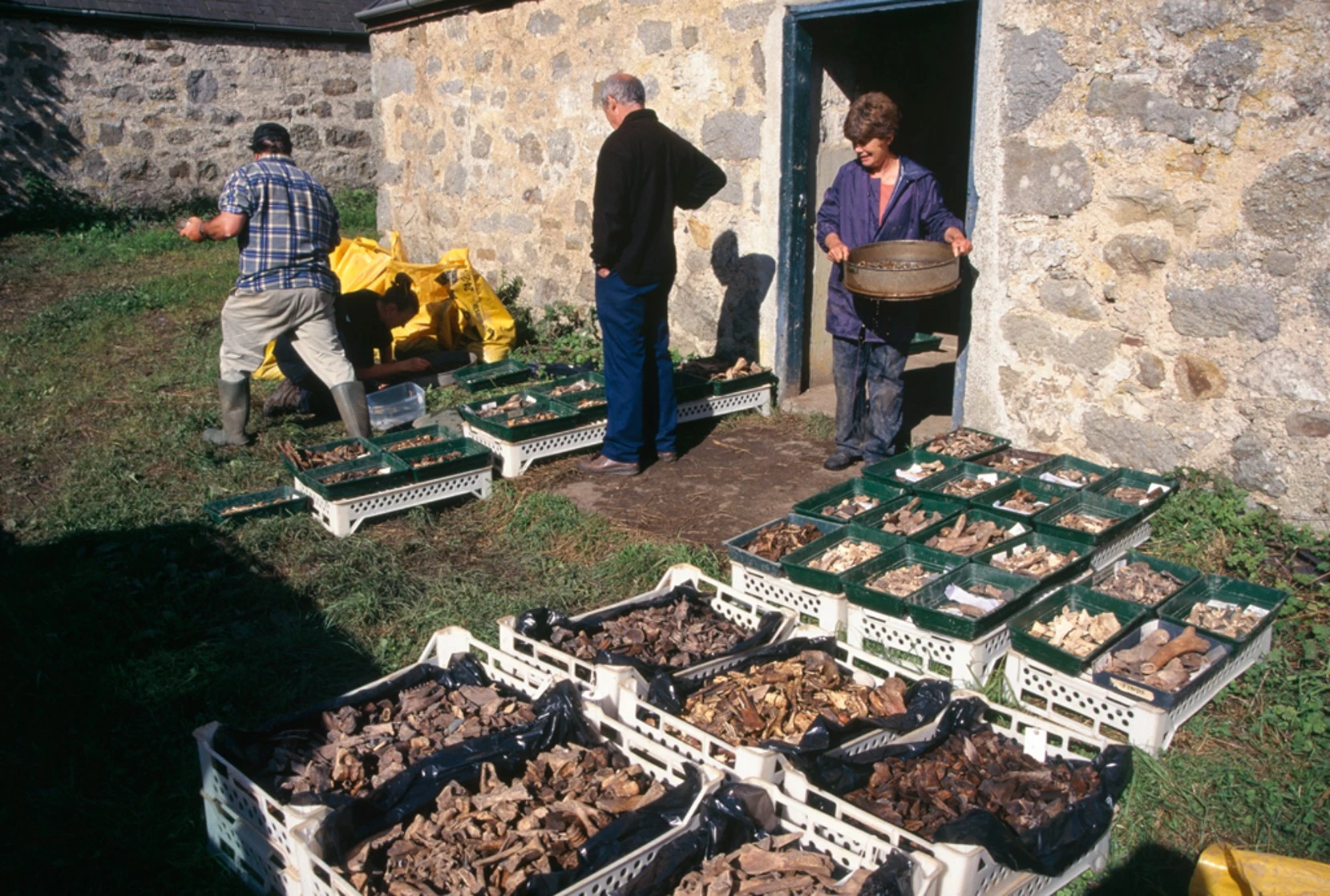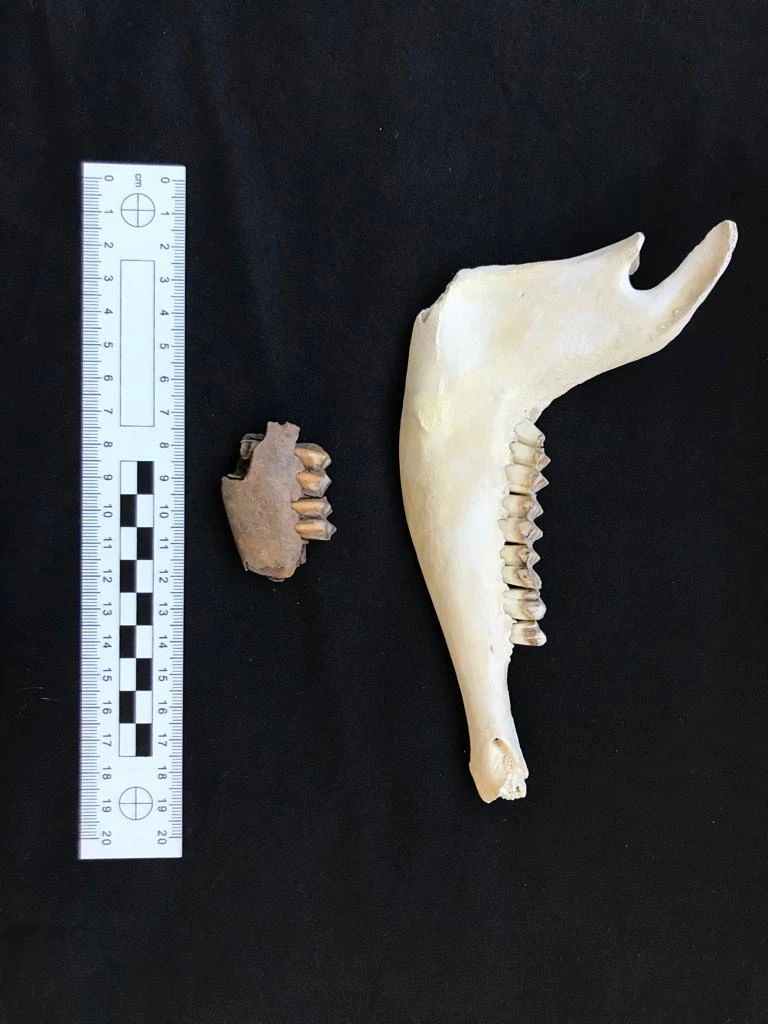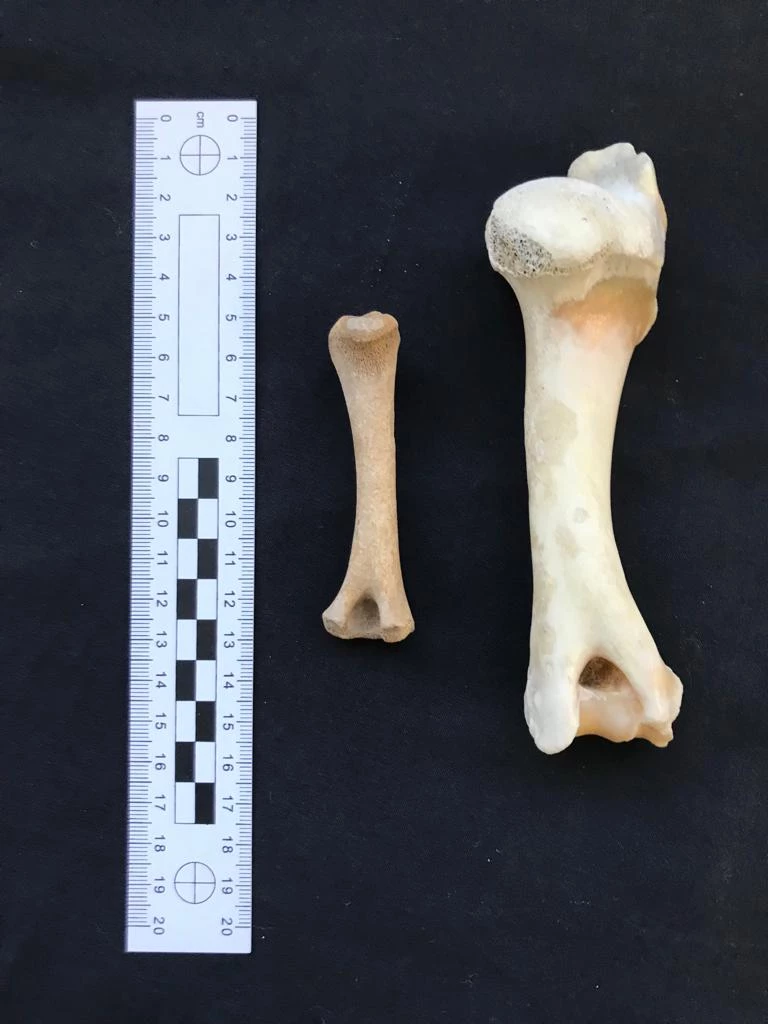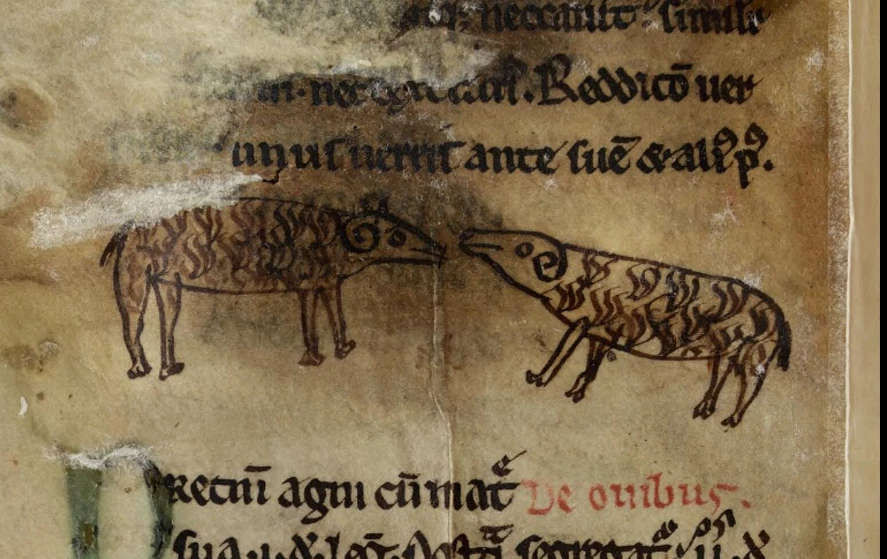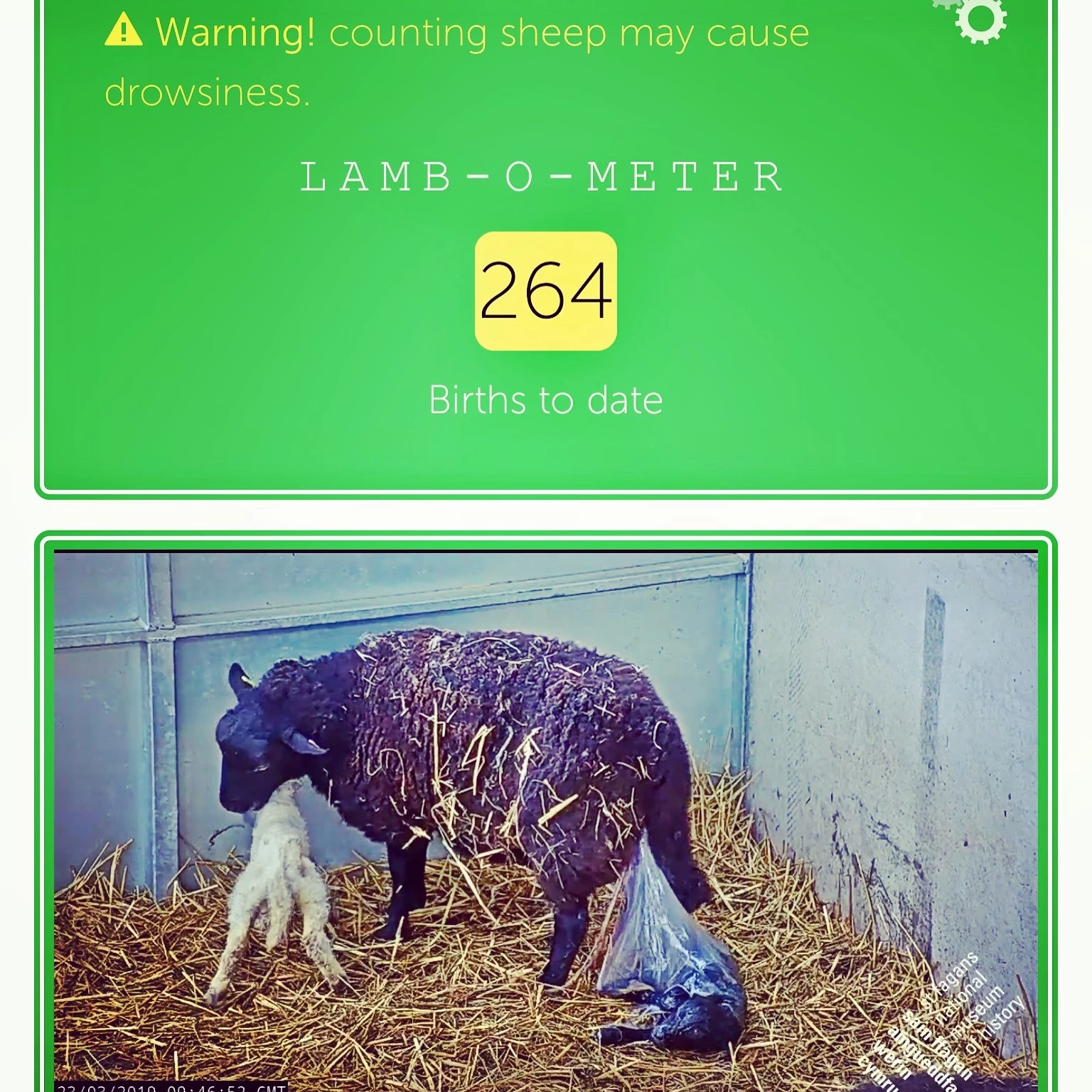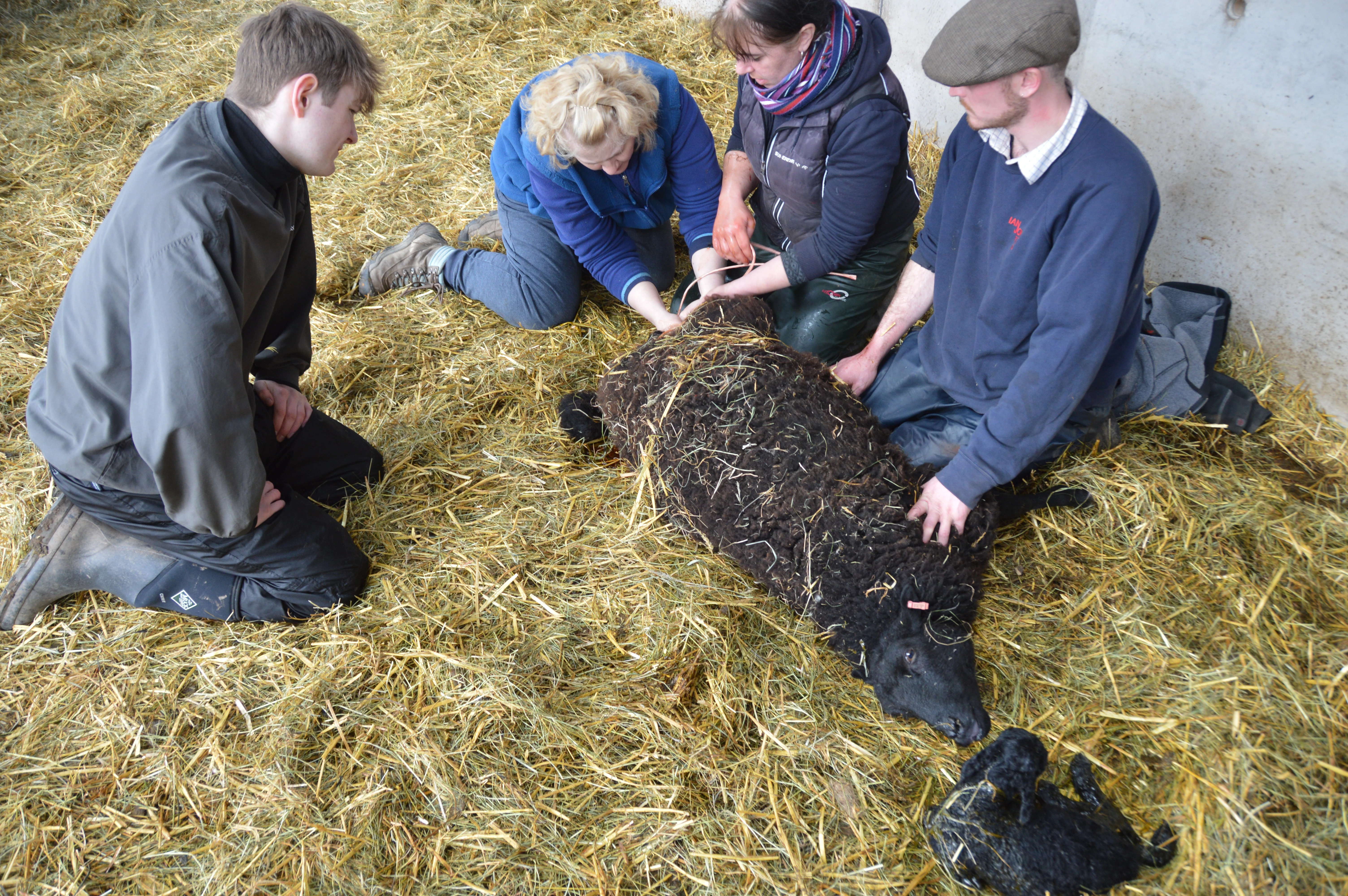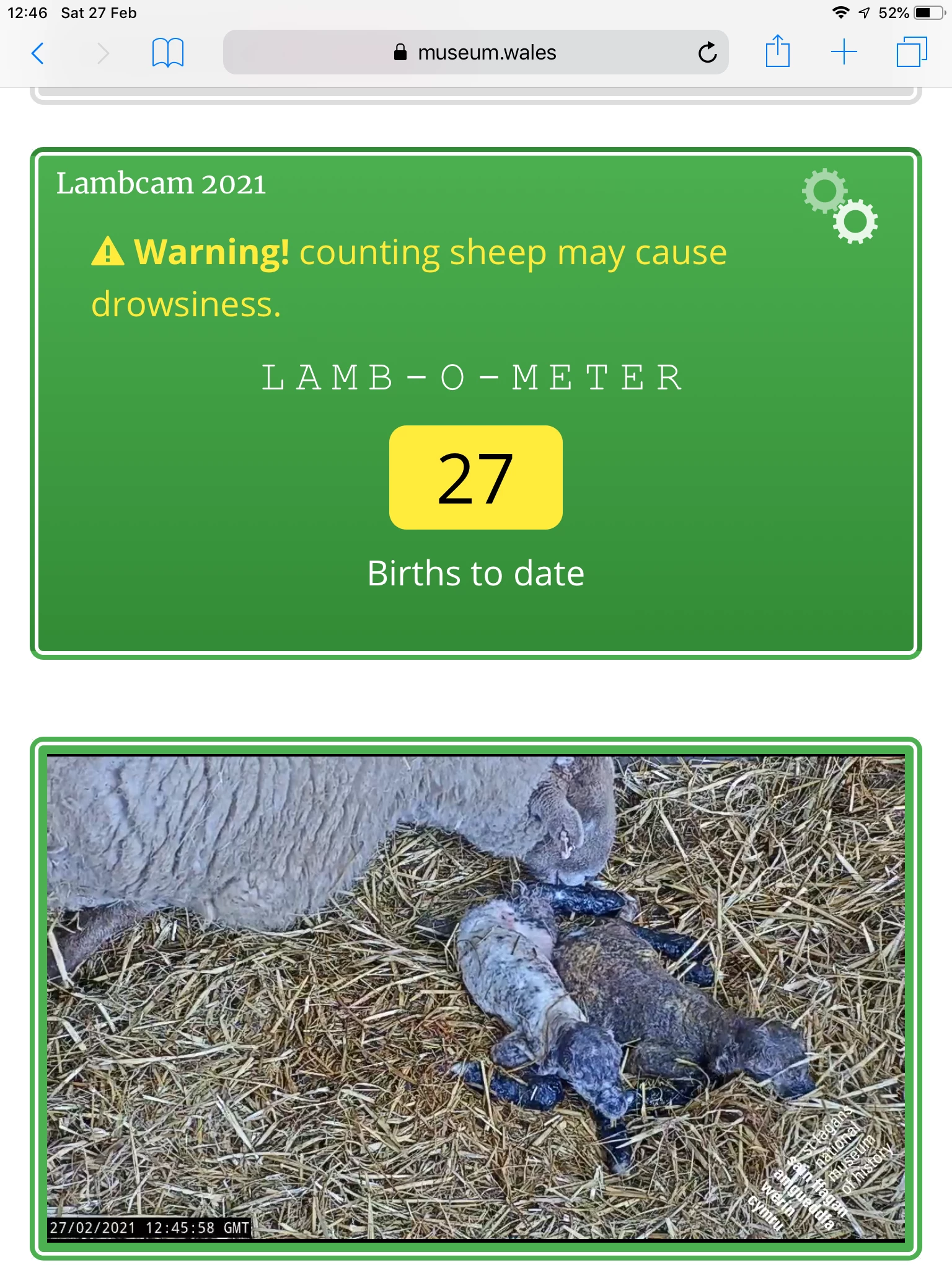In So Many Words: An Interactive Poetry Display
, 30 August 2022
What makes you spend time looking at a particular painting? What is it that draws you in? It can be difficult to put these thoughts into words, and that’s where poetry can help.
From 6th September to 6th November there’ll be an interactive poetry display in our ‘Art in Eighteenth Century Britain’ gallery. You’ll be able to read (or listen to) a number of poems written in response to some of the paintings. There’ll also be an invitation for you to have a go at writing a poem of your own…
So, why poetry? You may well ask. Poetry can take us in unexpected directions. It can help us to articulate thoughts and impressions that we weren’t even aware of, to understand our own subconscious response to a work of art. It can help us to engage with art in a different way, seeing it from a fresh perspective.
The poems don’t have to be ‘good’. They don’t even have to look like poems. This is about slowing down and letting a different part of your brain take over – the part of your brain that ponders in ways you may not be aware of, as you look at works of art, translating your thoughts into words.
There is no ‘right’ or ‘wrong’ answer. Each creative response will give us a new interpretation, a new lens through which to see.
The interactive display will include poems written by a diverse group of individuals who took part in a series of writing workshops this summer, alongside poems written by museum visitors. The display forms part of a PhD research project organised by Cardiff-based poet Rachel Carney, funded by the South West and Wales Doctoral Training Partnership.
Listen to the poems on our What’s On page.
Find out more about this research, and how you can help.

